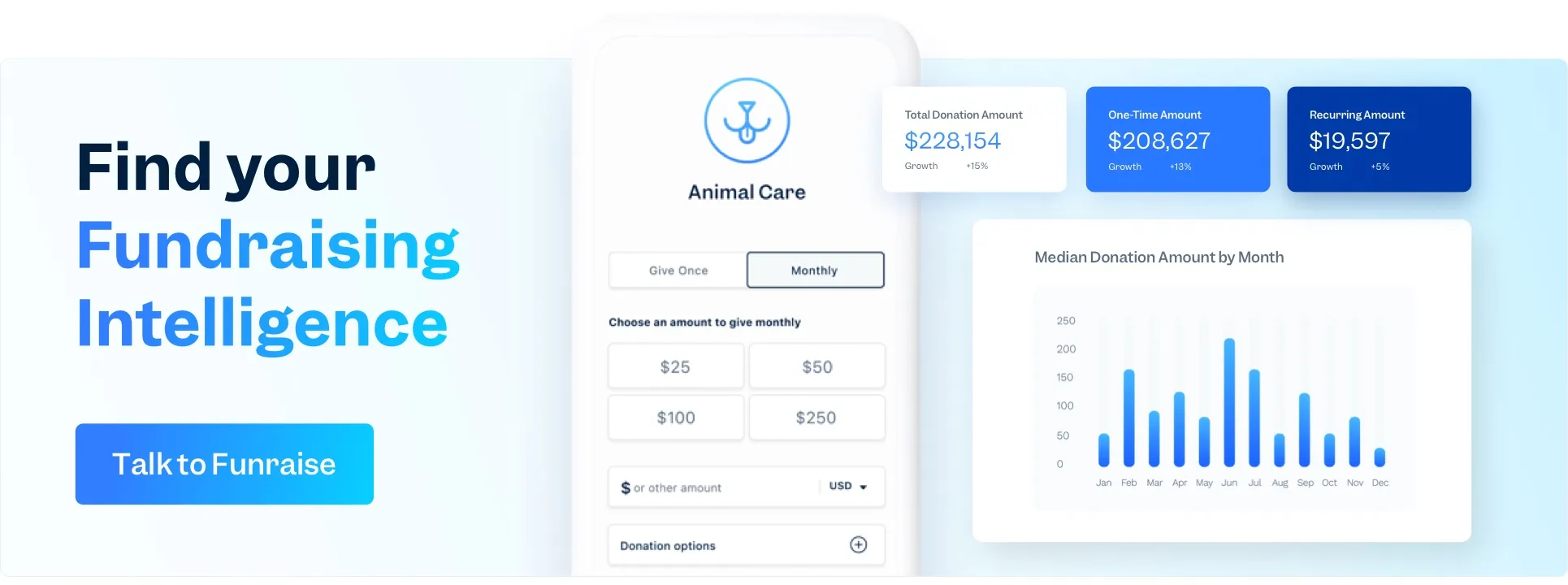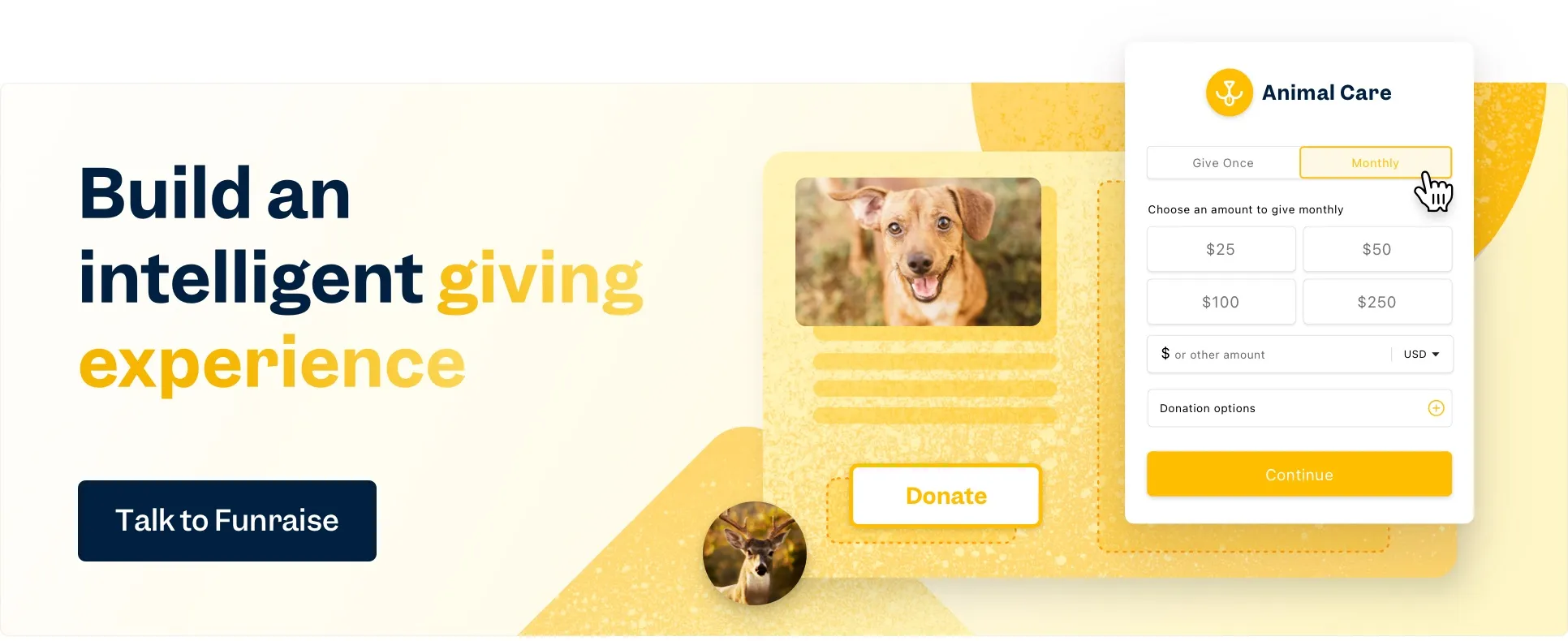Grant management FAQ
What are grants for nonprofits?
Grants for nonprofits are funding opportunities provided by governments, foundations, or corporations to support charitable organizations’ programs, projects, or operations. Unlike loans, grants do not require repayment and are awarded based on alignment with the funder’s goals, helping nonprofits fulfill their missions and expand their impact in the community.
What types of nonprofit grants are available?
Nonprofits can access various grant types, including project grants, operating fund grants, capacity-building grants, research grants, endowment grants, capital grants for facilities or equipment, technology grants, conditional grants, and in-kind grants. Each type serves a specific organizational need, from launching new programs to strengthening infrastructure or acquiring resources.
What are corporate grants for nonprofits?
Corporate grants for nonprofits are financial or in-kind contributions provided by businesses as part of their corporate social responsibility efforts. These grants support causes aligned with the company’s values, ranging from technology and community development to education and sustainability, and often include employee volunteer or matching gift programs.
What companies offer corporate grants for nonprofits?
Many leading companies offer corporate grants to nonprofits, including Walmart, Wells Fargo, Whole Foods, Apple, Costco, Home Depot, Microsoft, John Deere, Target, Coca-Cola, 3M, IBM, General Mills, General Electric, Starbucks, Google, and Verizon. Each company has unique focus areas and application processes for their grant programs.
What are the four main types of grants?
The four main types of grants for nonprofits are competitive grants (awarded through an application process), continuation grants (renew funding for existing programs), pass-through grants (distributed by intermediaries), and formula grants (allocated based on predetermined criteria or formulas). Each type addresses different funding needs and eligibility requirements.


































.webp)
.webp)











.webp)
.webp)

.webp)
.webp)
.webp)




